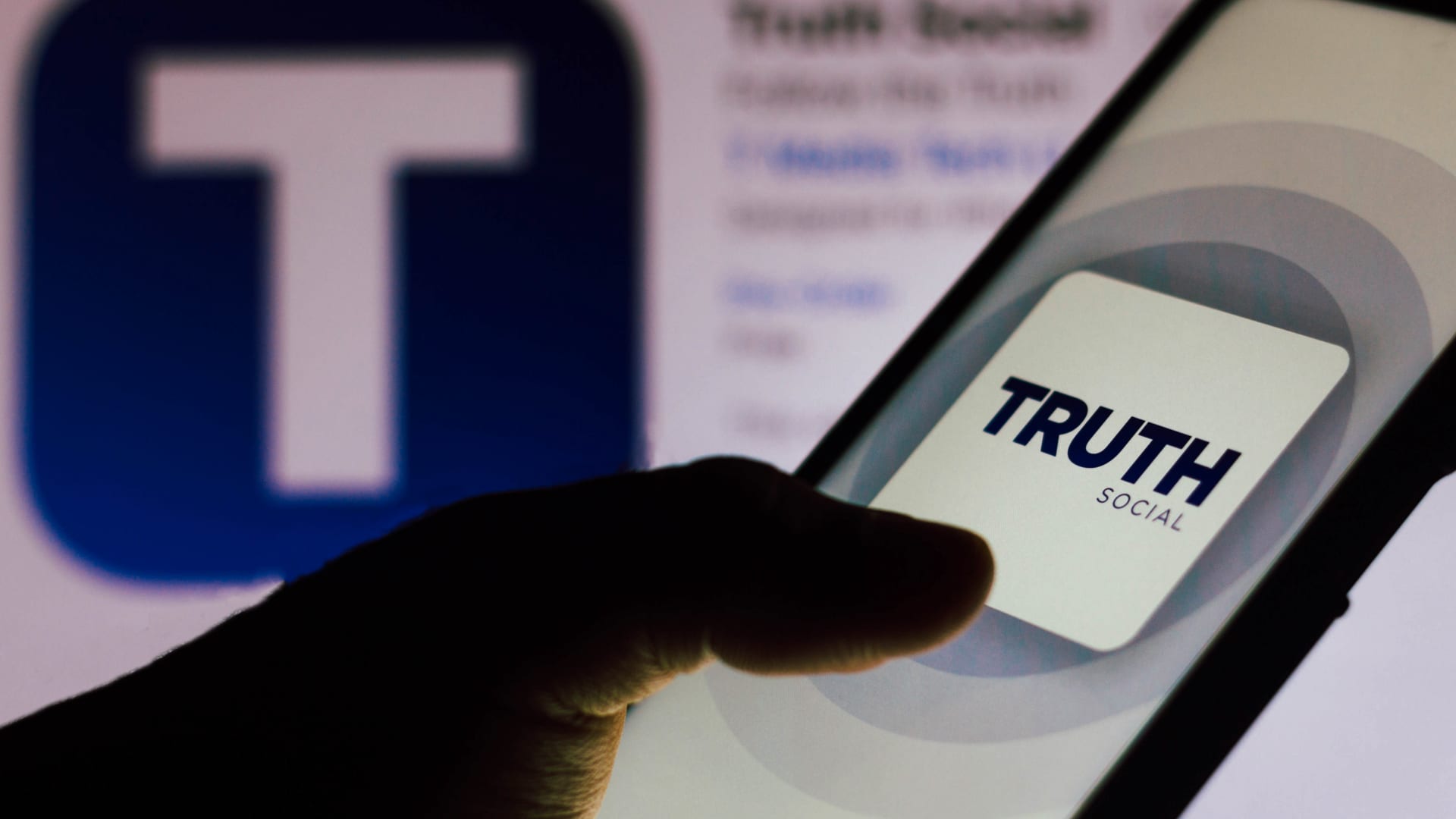Chinese EV maker Xpeng launches rival to Tesla’s semi-autonomous driving system

Xpeng launched a feature that allows its cars to semi-autonomously navigate urban environments, marking its latest challenge to U.S. electric vehicle giant Tesla.
The Chinese start-up announced Monday that it was piloting a feature known as City NGP, which stands for navigation guided pilot.
related investing news
Xpeng claims that City NGP will allow the vehicle to perform a “full range of driving tasks,” including cruising at a “safe distance” from a car ahead, changing lanes and overtaking, getting around stationary automobiles or objects and maintaining an “appropriate speed” through the route.
It is designed specifically for urban areas rather than highways. Urban areas are more complicated environments for autonomous driving because of the number of potential objects and scenarios a driver might face.
City NGP is being trialed with some users of the premium version of it P5 sedan in the southern Chinese city of Guangzhou, where the company is headquartered, it said.
City NGP was first announced last year, when Xpeng released Xpilot 3.5, the latest version of its advanced driver-assistance system, or ADAS. The software enables the car to automatically carry out some driving functions, but requires a driver behind the wheel.
Xpilot and City NGP is Xpeng’s answer to Tesla’s Full Self Driving Beta, which the company is currently testing with customers in the U.S. After testing Tesla’s FSD Beta, CNBC reported that it is still marred with technical glitches and far from ready for a mass rollout.
Charles Zhang, vice president of Xpeng, told CNBC on Monday that the pilot of City NGP brings the company “one step closer to full autonomy.”
However, Xpeng will likely need to prove the reliability and safety of its system before Chinese regulators allow the company to roll out the feature across the entire city of Guangzhou, let alone the country.
Advanced self-driving features have become a key selling point for the plethora of Chinese electric car companies in what has become a fiercely competitive market. Xpeng’s rivals including Nio and Baidu’s EV company Jidu, are all developing such technology.
Xpeng said that those trialing City NGP will need to download it via an update. Drivers will also have to undergo a seven day “familiarization period” with the system, and log over 100 kilometers of driving, before City NGP can be used on all available roads.
The P5 sedan, which was launched last year, is equipped with so-called Lidar, or Light Detection and Ranging technology. Lidar uses laser beams to create a three dimensional representation of the vehicle’s surroundings, which will help enable the semi-autonomous driving features.
Xpeng said that its City NGP will be available in future models of its upcoming G9 sports utility vehicle, which will be launched on Wednesday in China.
Nvidia chip restrictions
Xpeng’s autonomous driving system, like many of its rivals, relies on semiconductors from U.S. firm Nvidia.
Last month, the U.S. government restricted Nvidia from exporting certain chips — mainly designed to go into data centers and to train artificial intelligence models — into China.
“The export license required is for the chip on the server side … not on the car itself. So I think for the AI (artificial intelligence) chips used in our EVs … it is for the civilian use so I think right now we don’t see any risk of the restrictions,” Xpeng’s Zhang said.
CNBC previously reported that the majority of Chinese electric vehicle makers will be safe from U.S. restrictions on Nvidia chip exports for now because the semiconductors that have come under Washington’s rules are to do with data centers.
This post has been syndicated from a third-party source. View the original article here.





